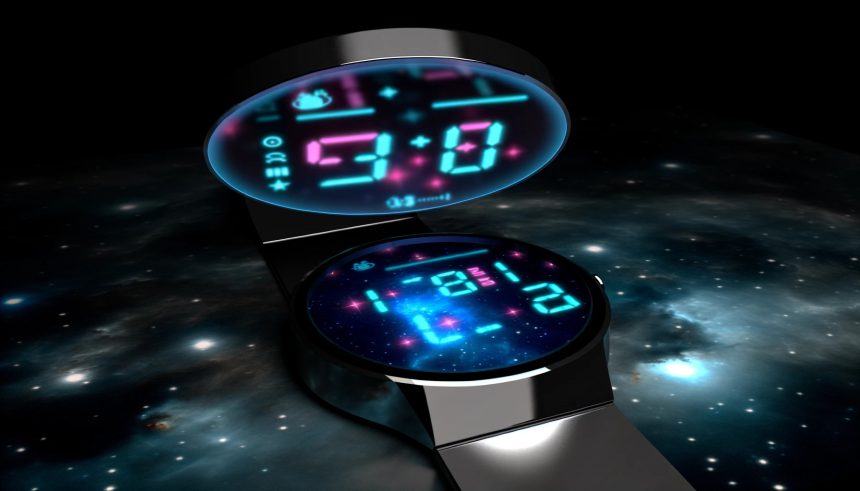Samsung is intensifying competition in the wearable tech space with its recent promotional offer on the latest Galaxy Watch 8. Customers who choose to purchase this new smartwatch have the opportunity to trade in select devices, potentially saving up to $250. The significance of this deal draws attention not just to the product itself but also to changing consumer expectations regarding value and device upgrades. Retail analysts note that such promotions are likely to impact pre-existing wearable loyalty, as buyers seek more cost-effective ways to upgrade their devices. Signs point toward a continuing trend where major tech companies leverage trade-in incentives to expand their customer base ahead of anticipated product cycles.
Previous promotional strategies for the Galaxy Watch series have featured bundled offerings and smaller trade-in credits, typically ranging from $50 to $150. With the current substantial trade-in value, the company aims to accelerate adoption rates for its newest wearable. Rival brands, including Apple and Fitbit, have previously limited trade-in benefits to lower amounts and stricter eligibility criteria. Samsung’s shift toward larger trade-in credit appears to be a direct response to keep users loyal and discourage defections to competing ecosystems during major upgrade cycles.
What Drives the Galaxy Watch 8 Trade-In Promotion?
The new campaign seeks to attract both current Samsung users and new customers by offering higher trade-in values for various eligible devices. This approach helps buyers offset the price of the Galaxy Watch 8, lowering the barrier to purchase and making the device more accessible. Samsung explained the thinking behind the program:
“We want to make our latest innovations more reachable for anyone interested in upgrading their wearable.”
This strategy aligns with ongoing efforts to maintain device relevance in a rapidly developing market.
How Does the Offer Work for Consumers?
Shoppers must purchase the Galaxy Watch 8 directly from Samsung and submit a qualifying device for trade-in. Once the device is approved, the value will be deducted from the final purchase price, with the maximum discount reaching $250. Eligible devices typically include older Galaxy Watches, as well as select models from other brands. Samsung confirmed,
“Our trade-in values reflect our commitment to offering users added value for their existing tech.”
What Impact Might This Have on the Smartwatch Market?
Higher trade-in offers may encourage even users of rival platforms to consider switching, especially as device prices rise with new features. Analysts project that Samsung’s latest move could set a precedent for future trade-in campaigns across the industry. Increased competition may eventually drive more favorable incentives for consumers, fostering greater dynamism in the wearables market.
Samsung’s decision to enhance its trade-in program demonstrates a tactical understanding of customer behavior in the technology sector. As device pricing becomes a key consideration, strong trade-in incentives serve not only to encourage upgrades but also to retain existing customers. Those looking to minimize costs on wearables should assess the eligibility of their current devices and compare trade-in offers across different retailers. Monitoring ongoing promotional strategies will offer valuable indicators of both product popularity and broader market trends for smartwatches and other connected devices.










